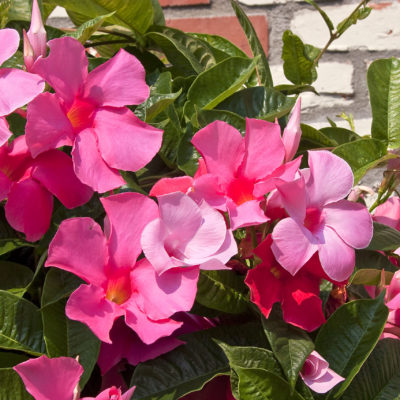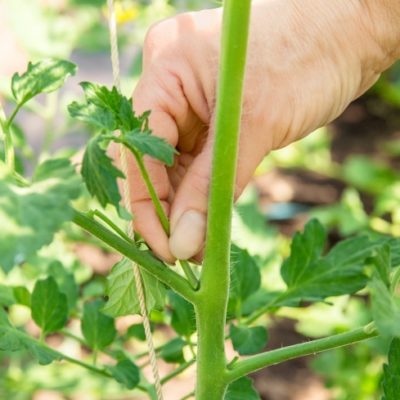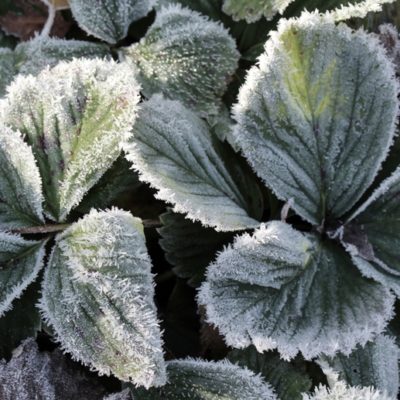
Tropical Plant Profile: Peperomia
Looking for a low growing tropical with perfectly rounded, bright green leaves? Or how about a bushy rosette of deeply ribbed foliage with dark veining and burgundy undersides? Or you could go the opposite direction with tall, upright and arching succulent branches with leaves featuring bright red undersides. If any of these have peaked your interest, you may be surprised to know that they all come from the same plant family – Peperomia!
The Peperomia family tree is vast and incredibly diverse, with at least 1000 varieties to date (though some may have mistakenly been “discovered” more than once). And there doesn’t seem to be any concrete rules as to which plants can be deemed a Peperomia; some have evolved to live as tropical epiphytes (attaching to trees or rocks, with very small root systems) while others have become drought tolerant semi-succulents in arid locations. The majority of Peperomia members can be found in Peru — a country that has nearly every climate from mountains to rainforest to desert, so maybe that’s why this plant family is so diverse. They can also be found in other regions of South America, as well as Central America, southern Asia, Oceania, and even Africa.
Many Peperomia are often mistaken for desert-dwelling succulents, like those found in our Cactus & Succulent House. While many varieties can store moisture in their thick stems and leaves, they cannot survive long periods of drought like an Echeveria or Burro’s Tail. Let your pot dry out slightly between deep waterings; if you leave them for too long, they’ll start to drop their leaves as a form of protest so be sure to check your pots regularly. They also prefer medium light, as their delicate foliage can burn if exposed to direct sunlight for too long; if you need to put them in a bright window, they’d appreciate some sheer curtains for a bit of extra protection.
As mentioned earlier, there are so many varieties of Peperomia you could fill your home with them and never been bored! The foliage can range from bright green to deep burgundy-red, with some offering contrasting variegation, bright edges or undersides, shiny silver overlay, or even adorable spotting like the Prostrata, aka String of Turtles. Some varieties have smooth, waxy leaves while others have deeply ribbed or even puckered textures. There is truly a Peperomia out there for everyone!
Known primarily for their foliage, many Peperomia varieties flower occasionally throughout the year. The flower spikes are often creamy white, green, or brown, and resemble more of an upright tail coming up through the foliage. Let the flower spikes start to wilt before you remove them with a gentle but firm tug, gripping about halfway down the “tail”.
They may need a bit more attention than a desert-loving succulent, but the vast selection within the Peperomia family is second to none! They make incredible gifts, and are beautiful additions to terrariums and dish gardens – can you just imagine a terrarium filled with different Peperomia varieties? Now that would be a gorgeous table centrepiece!
Light: Medium light.
Water: Dry slightly then water thoroughly. Do not allow to sit in water. Check pots daily.
Fertilizer: Feed with an all-purpose fertilizer every 4th watering.
Cleaning: Remove fading/older leaves and flower stems with clean pair of scissors or knife.





